Types Of House Paints, Needed For Your Home
Knowing which different type of house paint is needed is probably the most common question painting homes, inside or out. Which I am eager & glad to simplify this for you, in the article below. From an authority on the subject, giving you a birds-eye view, what is needed.
Knowing there are many brands, with each brand having many different types, it can be overwhelming walking into a paint store. Most paint stores staff are very helpful determining which type of paint you will need. First question you will need to have the answer for them, is this interior or exterior surfaces. After deciding where you plan to paint, then comes the second question; What are you painting.
Once you get started painting, through the long and tenuous painting process, you might feel like Michael Angelo, but be careful not using those same type paints as an artist would.
Two Areas In A Home To Paint
You probably know where you want to paint, interior or exterior. This is good, because knowing this, gets you a quarter way there already! We will go into both areas of your home below, for this not to be overwhelming, or confusing. So take a deep breath, as this will unravel all your questions reading below.
Different Types of Wall Paint For Interior Painting
Basically the different types of wall paint for your interior is that of a latex, water borne Acrylic nature, in either sheen you choose. Typically walls are painted with a flat or eggshell paint sheen finish.
- Latex, 100% Acrylic water borne
- Flat finish
- Matt finish
- Pearl finish
- Eggshell paint sheen finish
- Semi-gloss finish
- Gloss finish
Several areas come to my mind when a homeowner mentions "Interior painting". Getting calls each day for requests for an interior painting quote, as these folks had rather have a professional take on this monumental task, normally left for the pros.
However, here is our guide for interior paints in a nutshell. You will need to determine which areas of your interior you wish a fresh new paint coating. I will say doing more than less, far outweighs a more professional and uniform appearance.
Another words, if you decide to only paint walls, but not trim or ceilings, you might find yourself doing them later, out of sequence in paint pecking order. Painting out of sequence makes the final outcome not near as pristine, and uniform as the correct order.
However, that is for another subject all together, knowing what to paint first, walls or trim. If you are painting more, or in a different instance, which to paint first, walls or ceilings.
Home Interior Painted Areas:
- Trim, Moldings, Baseboards, Crown, Handrails, Doors, & Casings
- Walls in normal living areas, walls in kitchens, bathrooms, & kids rooms
- Ceilings in main portions, ceilings in higher moisture areas
Trim, moldings, baseboards, woodwork, crown, handrails, doors, and casings typically are painted with a semi-gloss paint finish. Allowing far more scrubs, without harming the finish. Some choose to highlight trim even more, using a higher gloss finish.
Walls in living area, kitchens, bathrooms, and kids rooms are all benefiting now with the ability having the same uniform paint sheen. Years ago, you could choose flat or semi-gloss. But the painting industry came to the call of local home builders.
There was a need to have the same paint sheen throughout the new home. Not only does it save money and time applying, but the same paint sheen is more uniform for all walls and ceilings from one room to the next. This was seen very common back in the 80's, in ceiling areas, where popcorn ceiling texture stopped, and knockdown ceiling texture started, such as in the kitchens.
Answering this call or need, the painting industry came out in the late 80's with Eggshell paint sheen. No, eggshell is not a color, but a paint sheen. A middle sheen between flat and semi-gloss is eggshell. Eggshell looks flat, but has the feeling of semi-gloss, allowing more scrubs than flat paints.
Eggshell paints are the most popular for all walls within the home, unless you have a moisture issue, then semi-gloss is best used.
For ceilings in most areas, eggshell is recommended, however flat paint sheens are still widely used. Either one is ok, both look the same, flat paints are cheaper, whereas eggshell paints allow more cleaning.
In higher moisture areas, semi-gloss paint sheens are typical even for rooms like utility rooms, bathrooms, hot-tubs, & mudrooms for both trim, walls, & ceilings.
Different Types of Exterior House Paint
Different types of exterior paint needed is determined what type of substrate you are covering. Most substrates require a latex, 100% Acrylic water borne paint, of various warranties, mostly in satin finish. Unless of course you are protecting and enhancing wood grain, then you need to look at various stains. Another substrate requiring a different type of exterior paint is Stucco or Efis. These types of "Rock look' substrates require Elastomeric.
- Latex, 100% Acrylic
- Stains
- Elastomeric
Most areas painting exterior surfaces for a home include window trim, fascia, soffit, gutters, flashing, as well as most siding substrates. Most types of siding like Cedar, T-111, Ship-lap, James Hardy™, Masonite™ siding requires a different type of paint than what Stucco, or Efis requires. Stucco and/or Efis is best protected using Elastomeric paint.
All exterior surfaces other than Stucco or Efis is best coated with a 100% Acrylic water borne latex paint. Painting Stucco and/or Efis, an Elastomeric paint is ideal, mostly in a flat paint finish.
Exterior paints can be purchased in either flat, satin, or gloss finish. Each paint manufacture offers a variety of exterior paint choices, each having a different paint warranty. These warranties range from 5 years to Life-time.
Understanding paint warranties, purchasing a higher quality paint will last it's time period with all conditions followed. However all paints are not warranty for paint fade. The higher quality exterior paints are more fade resistant, but still has no warranty for fade.
The color selections for exterior paints are limitless, and typically cover anywhere from 150 to 250 square feet of surface area per gallon. This coverage depends on a number of things such as absorption, quality of substrate, number of coats you apply, and mil thickness.
However, all exterior paints today are of the water borne latex types. Making cleanup much safer, and easier.
Exterior Painted Areas:
- Window & door window trim
- Siding of different types
- Soffit, fascia, overhangs
- Gutters, flashing
A List Of Preferred Professional Paint Suppliers
https://www.sherwin-williams.com/
http://www.behr.com/consumer/colorstudio
http://corporate.ppg.com/Home.aspx
https://www.benjaminmoore.com/en-us
Best Guide For Most Widely Used Types of House Paints
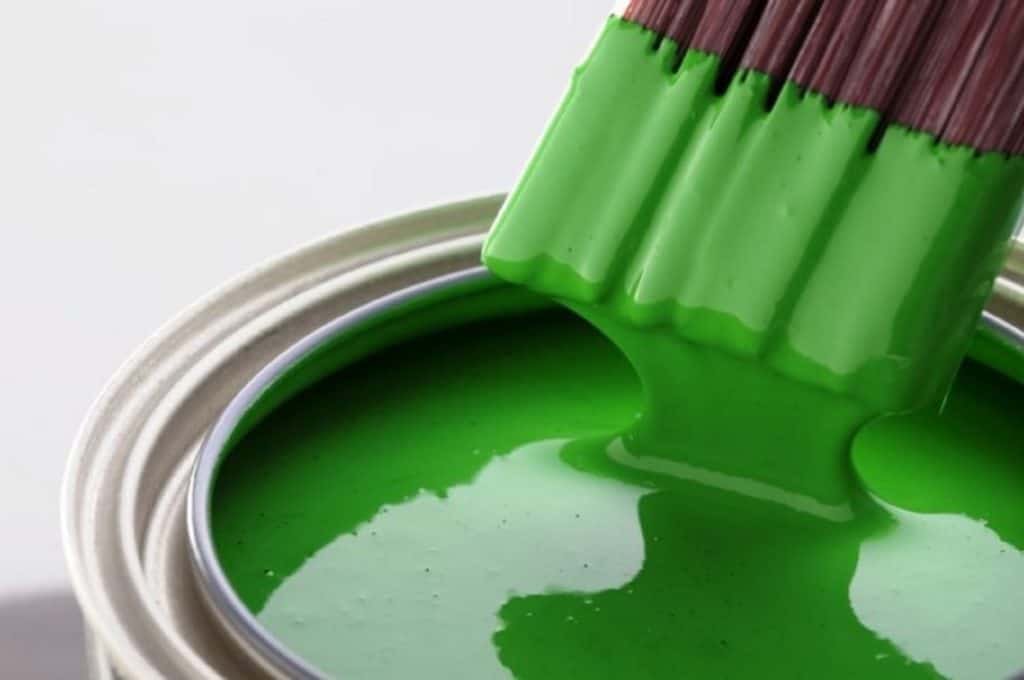 Going into detail the different types of paints needed whether inside or out is described below.
Going into detail the different types of paints needed whether inside or out is described below.
- Primer Paints
- Acrylic, Water Borne Paints
- Oil-based and Water-based House Paints
- Interior and Exterior House Paints
- Enamel Paints
- Latex Paints
- Specialty House Paints
Primer Paints
Primer paints are generally used to seal, cover, &/or leave a paint stipple for final paint coating. New drywall Sheetrock needs interior primer paints, typically P.V.A flat primer. Sealing new drywall, allows the final paint coat not to flash, soaking in some areas more than others.
Primer paints also allow our eyes to see any imperfections before final paint coat is applied. It's much easier to fix any imperfections when the wall is just primed, not having an eggshell or semi-gloss paint finish yet.
When using primer paints, one undisclosed trick is tinting the primer 50% of the final paint coat color. This allows the final paint coat to lay down and cover much better, no matter which grade of interior or exterior paint you use.
For exterior primer paints, you'll want to use a high grade bonding primer, specifically for exteriors. Technology has kept moving forward, improving the formulations, awarding all of us with a superior water borne, latex version. Never having to look back for exterior oil primers for your home.
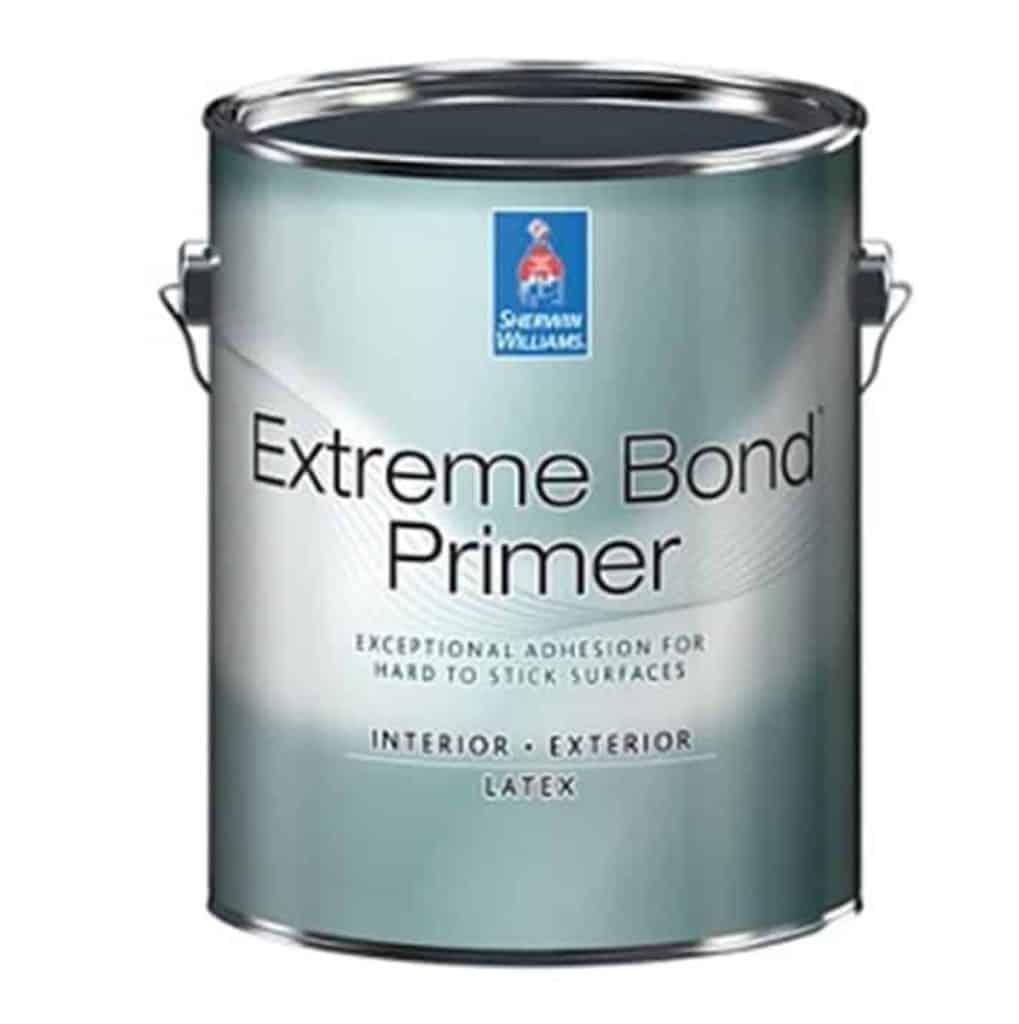 Exterior primers are used when there is a problem with either the current paint coating, or the substrate itself. Using any fillers first, sanding smooth, top coating with an extreme bond primer, allows the exterior finish coat to properly bond, which brings up another subject all together.
Exterior primers are used when there is a problem with either the current paint coating, or the substrate itself. Using any fillers first, sanding smooth, top coating with an extreme bond primer, allows the exterior finish coat to properly bond, which brings up another subject all together.
On bare wood surfaces, an exterior primer adhering to bare wood much stronger, than your exterior finish coat to bare surfaces. Allowing the final paint coat to bond to the primer much better, as the two work hand in hand with one another. This is vitally important, not having to revisit this area for you or your clients, lasting many additional years.
Primers seal bleed-through, oils surfacing, and most contaminants that could surface through a quality exterior paint. We typically spot prime bares surfaces on an exterior, rarely do we ever encounter having to prime the entire exterior. The reason for this is if the paint is adhering, not showing signs of cracking, bubbling, blistering, or peeling, it's on there to stay; Allowing a fresh new top coat to be applied properly.
However, if we see any situations with the old paint, it is addressed, and primer is applied first, thereby stopping the problem in it's tracks.
Noting; This is not to be confused with paints that include primers built into formulation, as we will discuss later.
Acrylic, Water Borne Paints
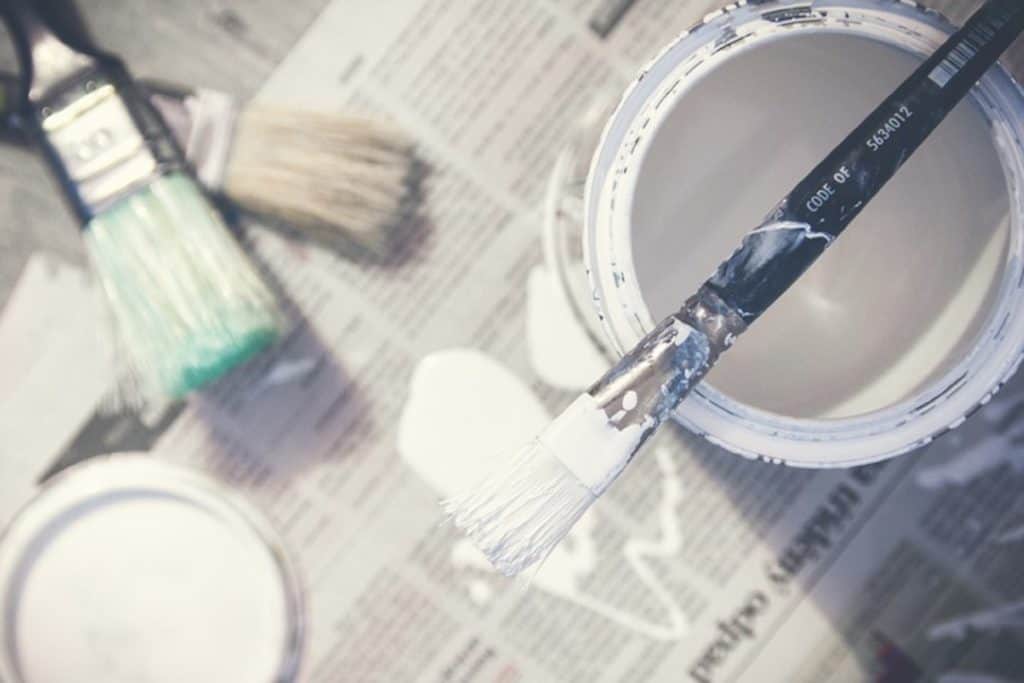
Acrylic, water borne paints come in a variety of paint finishes, sheens, & colors. Most water borne paints now come with either low or zero V.O.C (volatile odor content), having a more Eco friendly paint, protecting the interior air quality inside.
These water based paints come in clay based, with high solids, for added coverage. To know exactly the contents, best to read the back label of each one.
Today, with technology advancements, some acrylic water borne paints now come with urethane, giving even a harder paint finish, but still enjoying the application, ease, and durability of water borne paints provide. These types are exceptionally good for walls with excessive high traffic areas, or trim such as kitchen cabinets.
Oil Based Paints
Oil based enamel paints come in a variety of formulations, generally used outside for many applications. Using these for lasting protection on metal surfaces in city parks, or State Capital building surfaces.
Dry times range much longer, taking anywhere from 6-8 hours to dry to touch. So using these outside, best making sure good weather is in the forecast at least that long of time.
As oil based paints age, they tend to become brittle, chip, peel, and caulk out, unlike other direct to metal (DTM) latex paints. However, oil based paints are ideal for areas where rust is an issue, limiting it's continued spread. If rust is present before painting, it's best to remove rust scale, and apply a rust inhibitor primer beforehand.
Using these paints require extreme caution as they all are flammable, with lower ignition temperatures. Oil soaked rags are especially combustible, and has to be laid out after using, or these will ignite, being combustible, likely to ignite with open flame.
Interior and Exterior House Paints
Both interior and exterior house paints are generally a latex, water based acrylic formulation. Some have higher viscosity than others, and those with the highest must be applied more carefully, keeping a wet edge, not brushing or rolling too much as it dries.
Applying a thin coat, allowing to dry to touch before re-coating a heavier final coat is best, which limits any brush strokes, marks, or lines.
Both interior and exterior house paints protect the substrate from deterioration, while adding new fresh color combinations to your surfaces. If you don't feel comfortable applying such coatings, it is best contacting a qualified painting company, or contractor handling your painting requests, who has a vast experience in both fields, interior as well as exterior applications.
Enamel Paints
Enamel paints can come in either oil or water borne latex, but more and more choices are that of water borne today. Enamels tend to dry the hardest, giving that much needed protection you and your surfaces require. A variety of different paint finishes are available with enamel paints such as flat, low sheen, satin, & gloss.
The color choices are unlimited, depending on the enamel base you are using. Enamels are generally used on smooth hard surfaces, such as trim, doors, cabinets, and woodwork.
Latex Paints
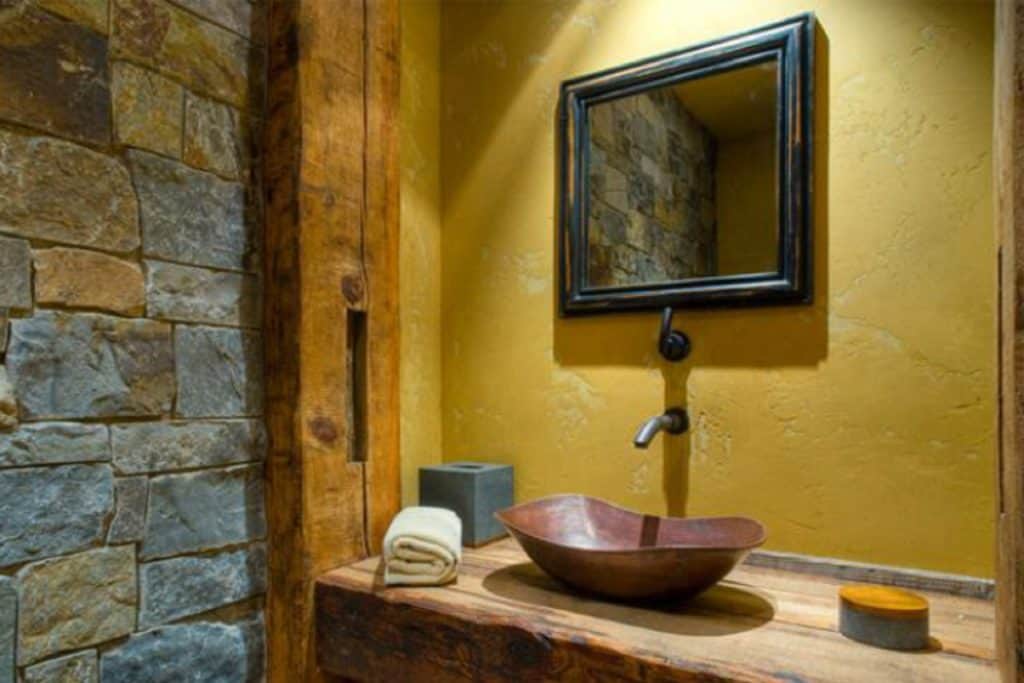
Both interior as well as exterior paints all come in latex formulation, being a water borne type cleaning up with water instead of flammable solvents. Latex paints come in an unlimited amount of color combinations using a specified paint base.
In the last 20 years, the major paint manufactures have developed latex paints 1000% better than what we first had years ago. Chemists of each company has tested each added ingredient to insure it's coverage & longevity.
As no paints are fade proof, the more expensive latex paints you buy will ensure a more fade resistant paint over a longer period. This is important in today's market, with paint warranties.
Much easier to apply, much easier cleaning up, some latex paints are coupled with primers built in. More expensive latex paints having primers built into the paint mixture save time, not needing to prime first, and some only require one paint coat. You can find both interior as well as exterior paints having primers built in the base of more expensive paints. Most Life-time paints have this unique formulation.
So if you are deciding which latex paint to purchase, you'll need to determine what quality you wish, how long you expect the paint to last, and amounts each type of latex paints cover. The better higher cost latex paints cover much better, averaging 10-15% more. Yes, better quality latex paints costs more, but this cost outweighs the amount you will need, covering much better.
Specialty Paints
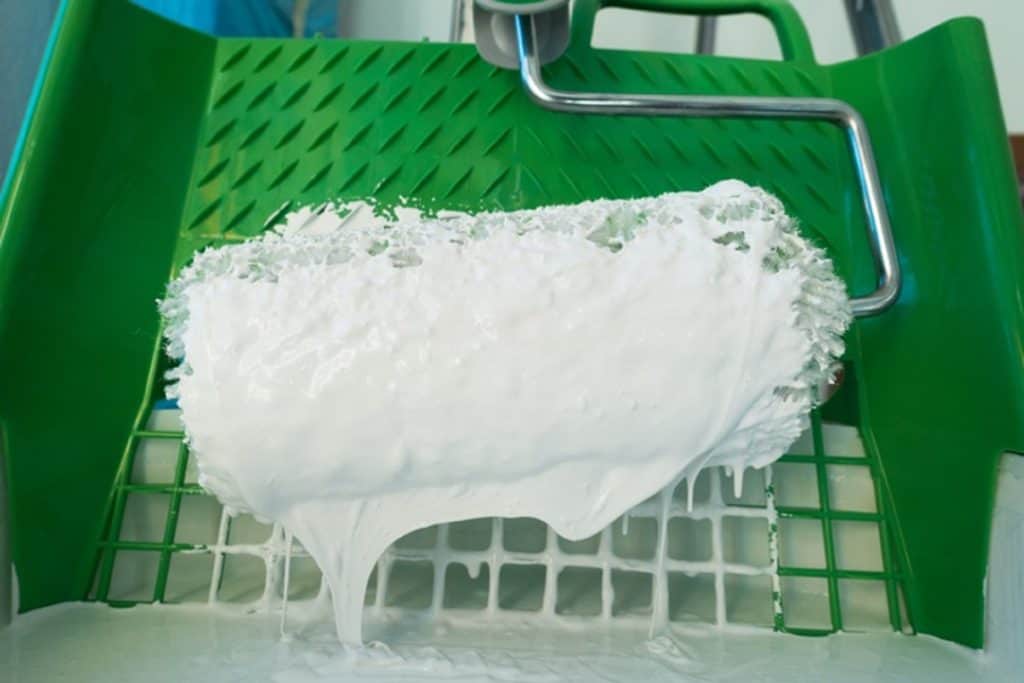
From special stains, chalkboard paints, to epoxy floor coatings all fall into specialty paints arena. Specialty paints all have special instructions that must be followed for proper adhesion & curing operations. If it calls for priming a thin coat first, you'd better believe this was tested in a lab first, helping you gain the maximum paint coating on your own individual application.
Other specialty paints include Green Earth Friendly Zero V.O.C clay based paints. These paints have more vivid colors, lasting decades compared to years.
- Stains, varnishes
- Chalkboard paints
- Epoxy floor coatings
- Zero Green Earth Friendly Eco Paints
Thank you for your visit, welcoming any comments below.
You May Find These Additional Articles Helpful;
Do You Paint Door With Brush or Roller?
How To Paint Trim Like A Professional Painter
How To Paint Baseboards Without Brush Marks, Lines, Or Streaks

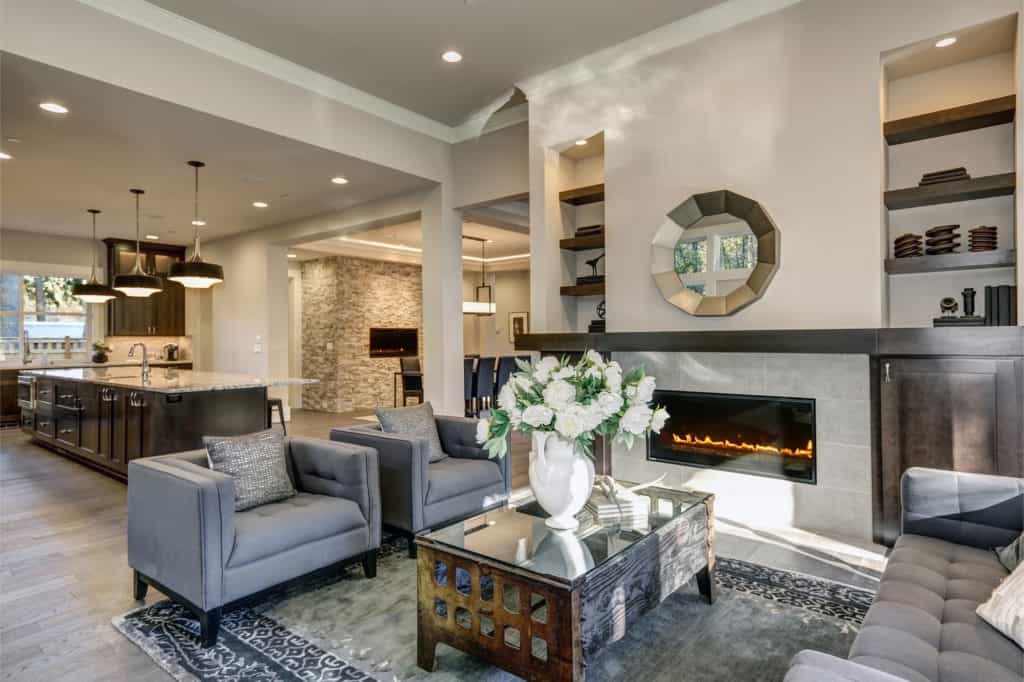
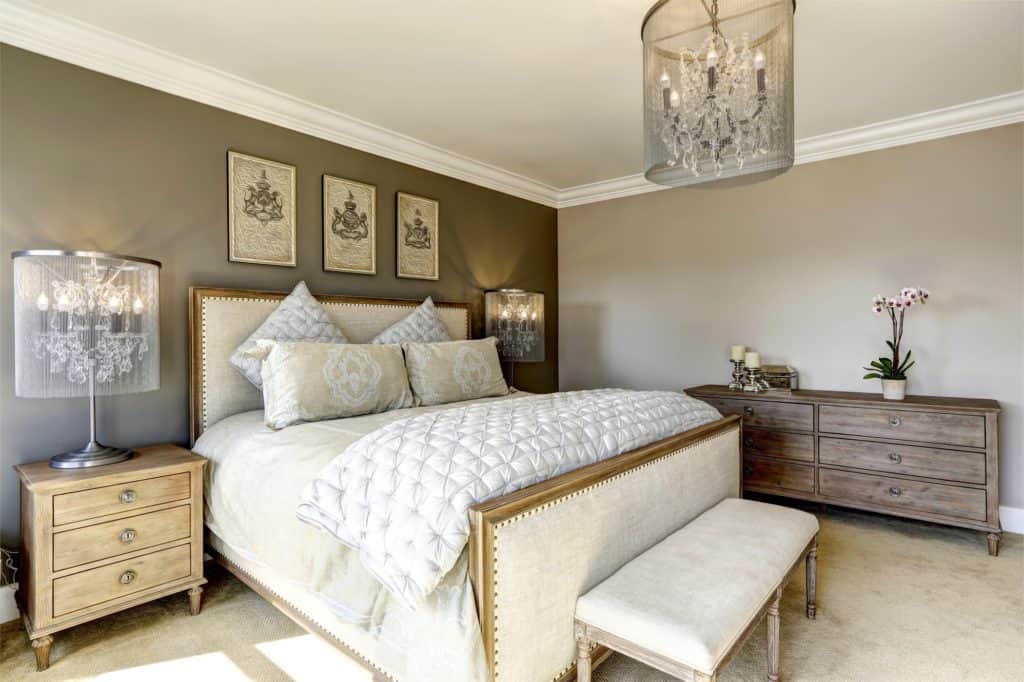
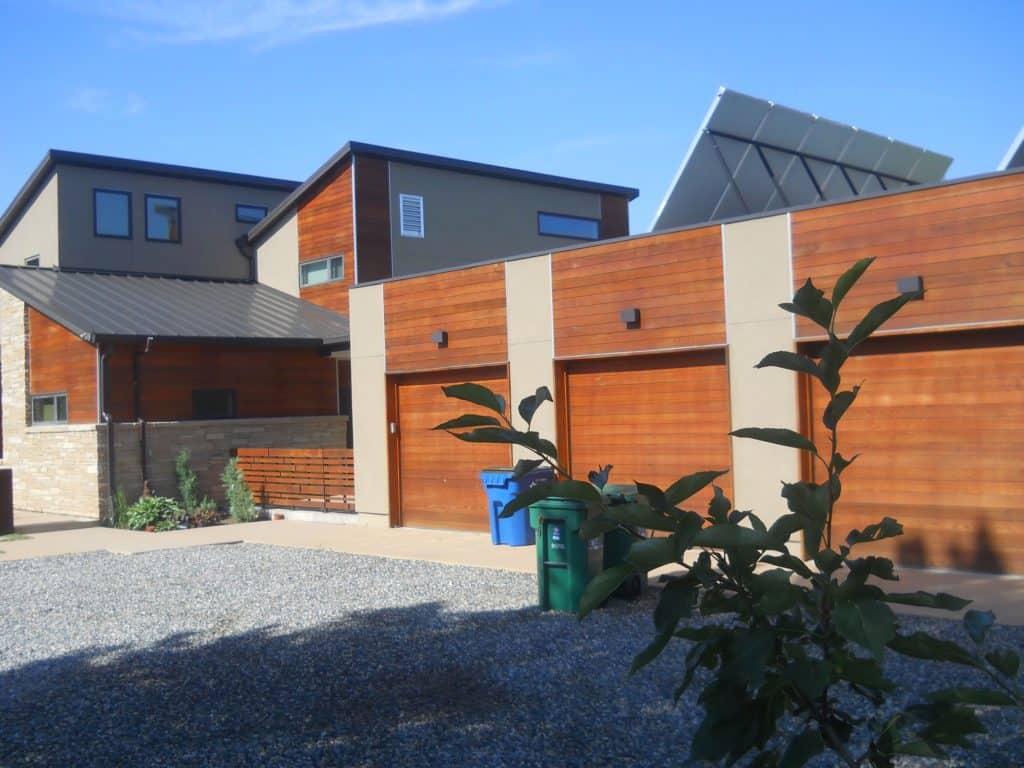
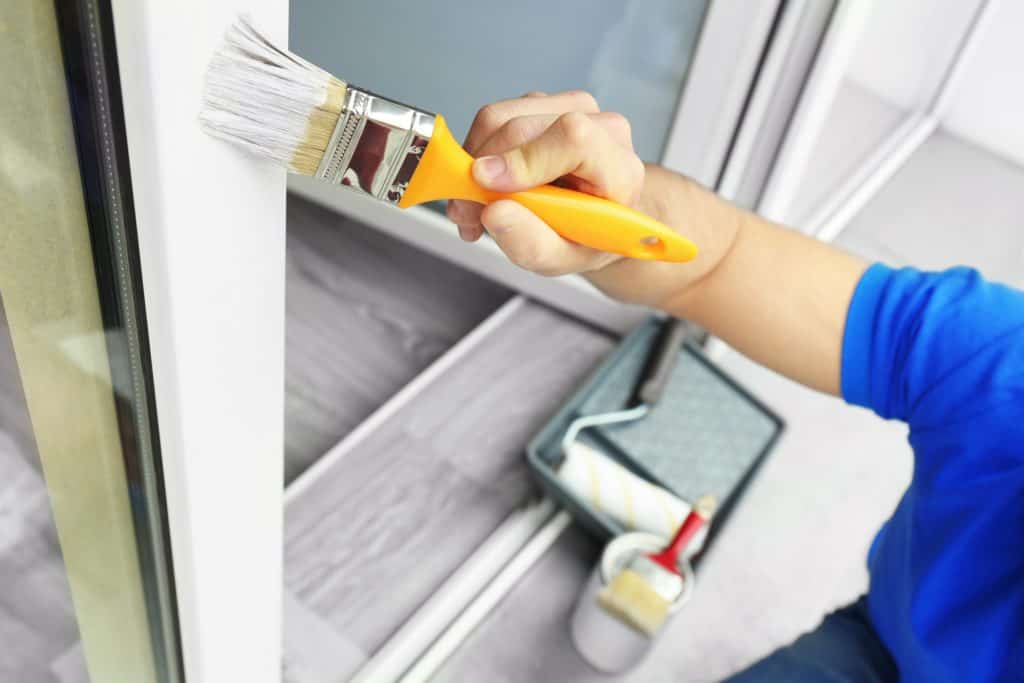
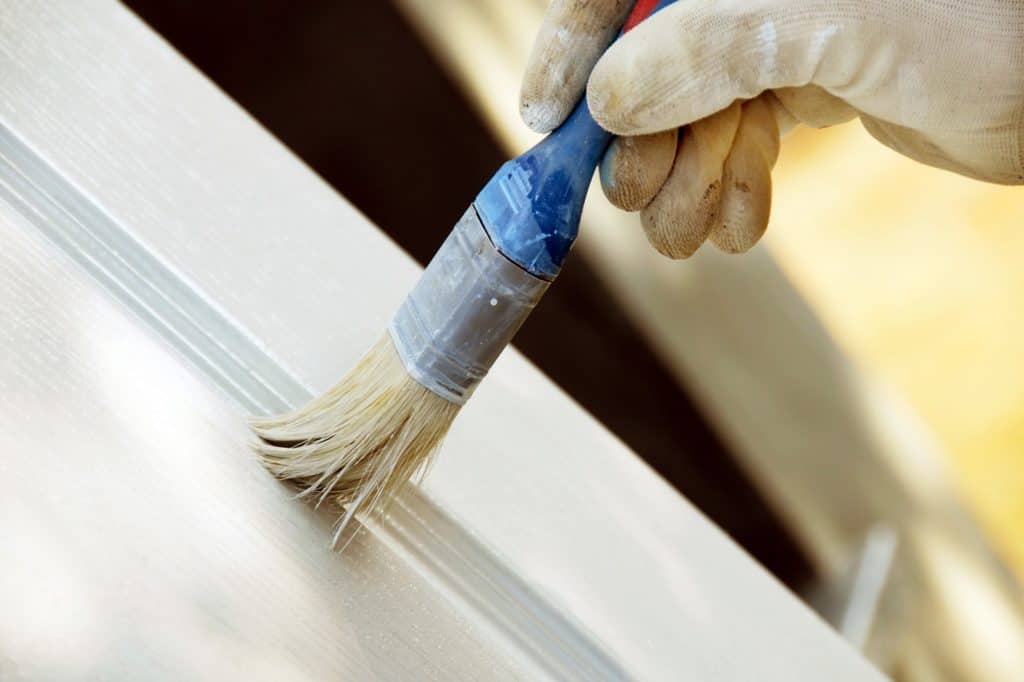
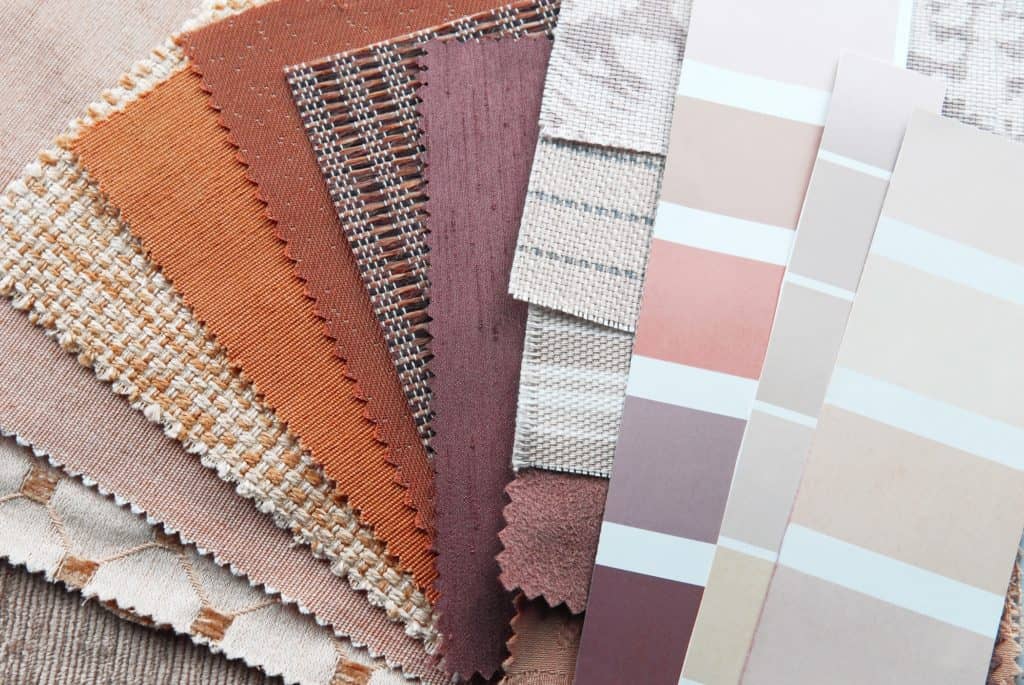


[…] Trim, moldings, baseboards, woodwork, crown, handrails, doors, and casings typically are painted wit… […]
[…] are many different types of paint for an exterior, some having better qualities for which it is intended covering. Perfect example […]
[…] You want to make sure using exterior paint, painting outside of your front door, not interior paint, and visa-versa for the inte… […]